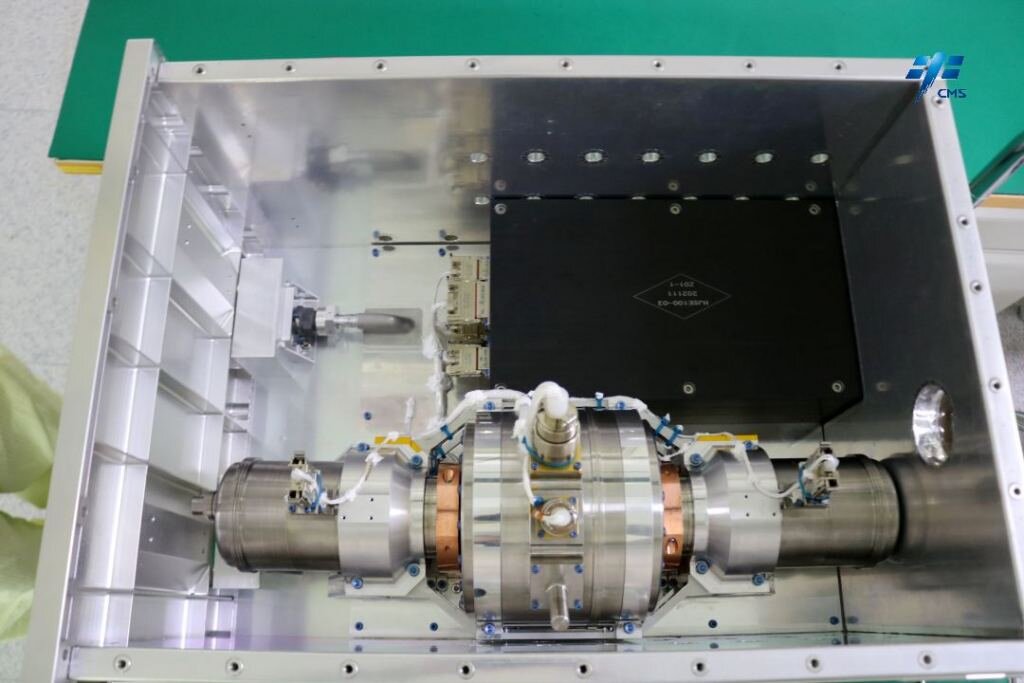China has tested the Stirling engine on its space station. This device is capable of converting any thermal energy into electrical energy. It can help the Celestial Empire in conquering the polar regions of the Moon, where there is not much light for solar panels.

Stirling engine in orbit
China conducted a Stirling engine test in orbit. This is reported by the country’s media. The engine was developed by the Lanzhou Institute of Physics at the Chinese Academy of Space Technology (CAST). It was delivered to the Tiangong Space Station by the crew of the Shenzou-15 mission.
The Stirling engine is a fairly simple design in which heat from an external energy source is converted into electrical energy. This happens through a piston in which the gas expands and a connecting rod rotating an electric generator.
The Stirling engine was developed back in the XIX century, but it did not find its application on Earth due to the low coefficient of useful respiration. However, in space, where it is not easy to produce electrical energy, it can become extremely useful.
Problem of heat recovery and the Moon
There is always not enough electricity on modern spacecraft powered by solar panels. But the heat from chemical engines is excessive, because it is very difficult to remove it in a vacuum. Moving Stirling can solve both of these problems.
NASA is currently exploring this technology as part of its Kilopower Reactor Using Sterling Technology (KRUSTY) experiment. It is closely related to the development of a nuclear power plant that produces a lot of heat. NASA and DARPA are planning to test it in orbit in 2027. Something similar is being developed in the UK.
But it seems that the Chinese have overtaken everyone with their experiment. Now the main question is how quickly they will be able to build a nuclear power plant and connect a Stirling engine to it. If they succeed, then the plans of the Celestial Empire to gain a foothold on the Moon become more real.
After all, in the area of the south pole of our moon, where both China and the United States are now going to build their bases, the night lasts 14 days. And relying on solar panels is extremely stupid. Therefore, whoever can implement the Stirling engine will gain an advantage in such conditions.
According to phys.org
Follow us on Twitter to get the most interesting space news in time
https://twitter.com/ust_magazine

